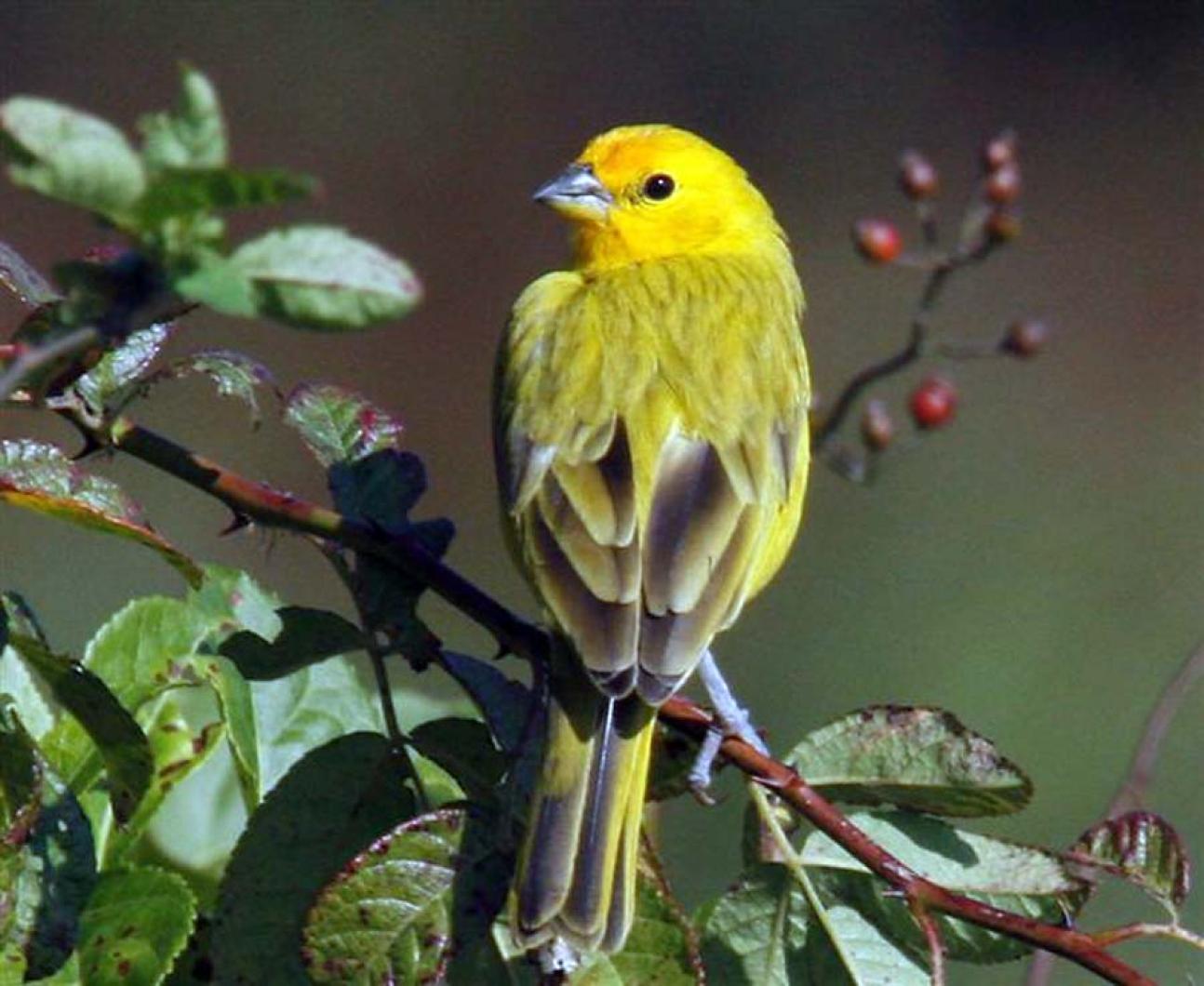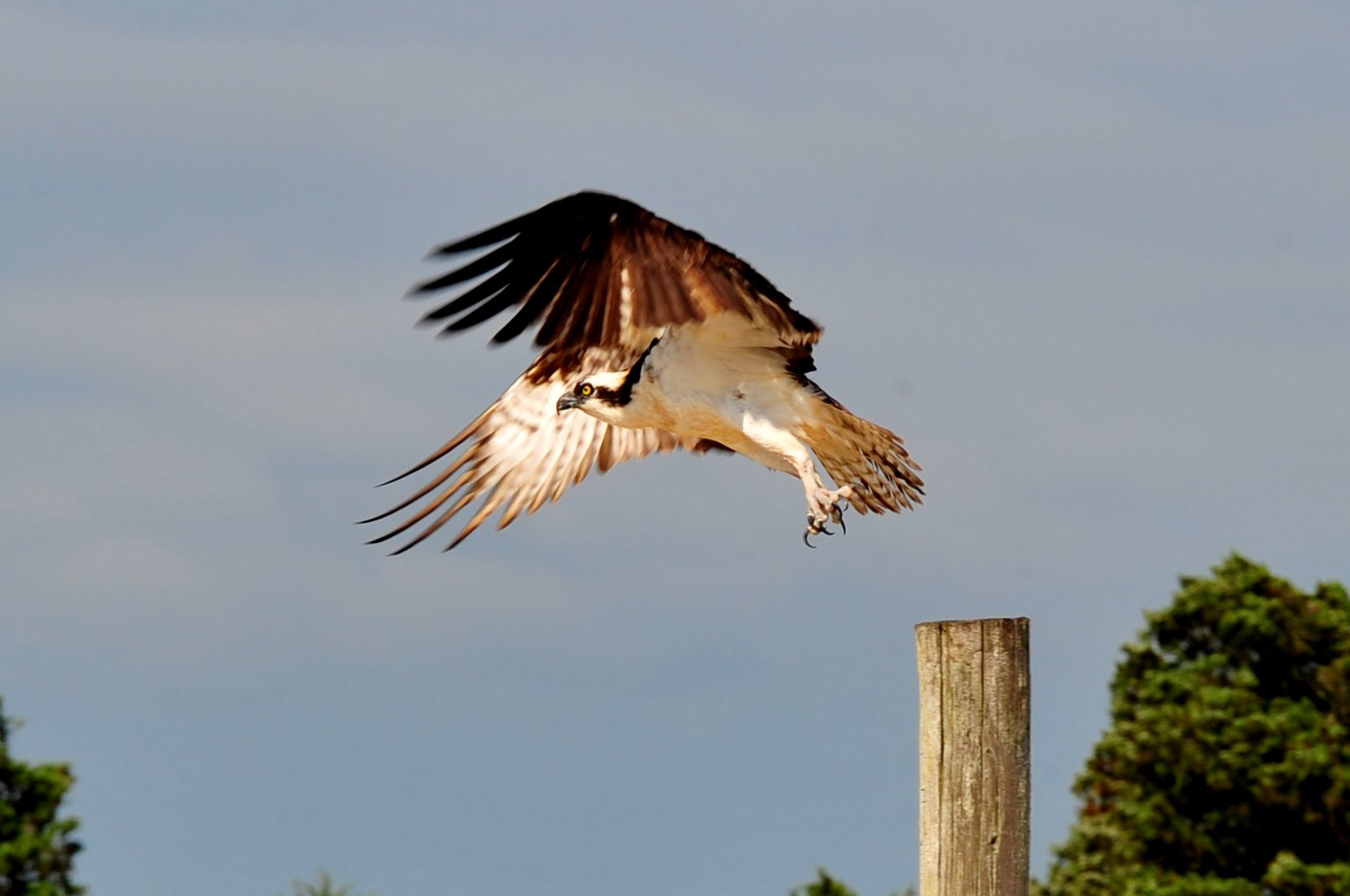It is the changing of the guard so to speak. The double-crested cormorants are joining up in long skeins and moving south. The greater cormorants are arriving from the north. When the two species of cormorants are sitting on the same rock, it is obvious which is which. The greater is greater — weighing almost twice as much as the double-crested and having a wing span of 11 inches more than its cousin. Standing upright, the greater cormorant is three inches taller than the double-crested and has a heavier bill.
Now, that is all well and good if the two are together, but how the heck does one tell one from the other if they are solo? Everyone has different tricks. I find, if I can remember, that the greater cormorants have a pale grayish brown breast and an almost white belly (the breast being above the belly). The double-crested cormorants have the opposite, white throat and breast and brownish gray belly. In flight the great cormorant sticks its head and neck out straight, while the double-crested flies with a kinked neck. If you are able to get a close look at the solo cormorant, the gular patches (throat and bill patches) are of different colors. The great cormorant’s is yellowish white and the double-crested is more orange in hue.
This is a challenge — I hope you get out into the field and try to differentiate the two species of cormorants.
I caught up with Tim and Sheila Baird. They make a run most mornings from Edgartown around both West and East Chop and back checking on which birds are at hand. They also note all their yard birds on their calendar. Back on Sept. 10 a dickcissel appeared in their yard for a day. Their last ruby-throated hummingbird left on Sept. 23.
Oct. 6 the Bairds watched a peregrine falcon flying over the Katama fields. Two yellow-bellied sapsuckers spent Oct. 8 in the Bairds’ yard. Oct. 12 two red-breasted mergansers flew along East Chop as Tim and Sheila drove by. Oct. 13 the Bairds’ feeders attracted a brown-headed cowbird, a white-throated sparrow, many American goldfinches and house finches. A eastern screech owl flew in front of their car at West Chop on Oct. 14 and in their yard they had cedar waxwings, yellow-rumped warblers and wood ducks flew overhead.
Penny Uhlendorf and Scott Stephens report that their pair of great horned owls is back for the fourth season. Scott spotted a northern fulmar off Noman’s Land on Oct. 7.
Larry Geffin called to say while he was waiting for the barn owls to fly from their Felix Neck perch, he spotted eight snow geese fly overhead on Oct. 11. The barn owls are in the camcorder at Felix Neck. There was an immature yellow-crowned night heron at the Neck on Sept. 29.
Margaret Curtin e-mailed to let me know that a few American wigeon are back at the head of the Lagoon and belted kingfishers, great blue herons and greater yellowlegs are present almost daily. The most exciting news from Margaret is that she spotted an osprey with an antenna on it back on Oct. 8 at the Lagoon and asked if I thought it was “one of ours.” I received an e-mail from Rob Bierregaard on Oct. 9 in which he stated that “apparently Moffet is up to his tarsi in fish at the head of the Lagoon. This is the latest we’ve had a bird stay on the Vineyard, but by no means the latest we’ve had a bird wait to start migration.” Yes, Margaret, the osprey you spotted is “one of ours.”
Rob Bierregaard and Dick Jennings contacted me to say Moffet finally left the Vineyard on Oct. 8 and was about 100 miles NE of the Bahamas-probably headed to Cuba. Still no signals from Isabel from Venezuela; her disappearance is a total mystery. Check out the maps at bioweb.uncc.edu/bierregaard.
Bob Shriber found a pied-billed grebe at Squibnocket, two blue-winged teal and six green-winged teal in Chilmark Pond on Oct. 8.
Pete Gilmore and Bob Cohen birded Great Rock Bight on Oct. 10. In one tree they had two brown creepers, three yellow-bellied sapsuckers and three ruby-crowned kinglets.
Aquinnah/Gay Head is still hopping. The birding has been great. Oct. 9 Bob Shriber counted 21 peregrine falcons. Pete Gilmore joined Bob for part of the day and had a great cormorant, peregrine falcons, three merlins, two Cooper’s hawks, a red-breasted nuthatch, a dickcissel and golden-crowned kinglets around Gay Head. At Lobsterville they spotted two greater and one lesser yellowlegs.
Oct. 11 there were almost as many birders as birds at the Gay Head Cliffs. We had a great time! The best birds were great cormorant, eastern meadowlark, swamp, white-throated and clay-colored sparrows, palm, bay-breasted, northern parula and yellow-rumped warblers, indigo buntings, dark-eyed juncos, yellow-bellied sapsuckers, both ruby and golden-crowned kinglets, tufted titmice, Swainson’s thrush, peregrine falcons, merlins, Cooper’s hawks and all three species of scoters (surf, black and white-winged).
Oct. 12 Laurie Walker and Katharine Colon were at Aquinnah and spotted most of what we had seen the day before but did add eastern kingbirds, belted kingfishers and greater yellowlegs to the list.
Bert Fischer took a turn around Squibnocket on Oct. 14 and found 5,000 tree swallows on the beach — as far as his eye could see! Bert also spotted an osprey, northern harrier, a couple of merlins and under his Aquinnah feeder he had red-winged blackbirds, white-throated sparrows and dark-eyed juncos.
Please report your bird sightings to the Martha’s Vineyard Bird Hotline at 508-627-4922 or e-mail to birds@mvgazette.com.





Comments
Comment policy »